
We all get sick. Our bodies run very well until they are exposed to an irritant through our food supply or from various infections, and then we have an immune response to deal with it. Unfortunately, this is not just reserved for humans because our pets can get sick too.
If a dog feels ill, it can’t tell you where it hurts or what they need. They have outward signs that you can see, and then it’s up to you to care for them, and if you know what can cause their illness, you have a better chance of avoiding it.
So what makes a dog sick?
1. Scavenging Food
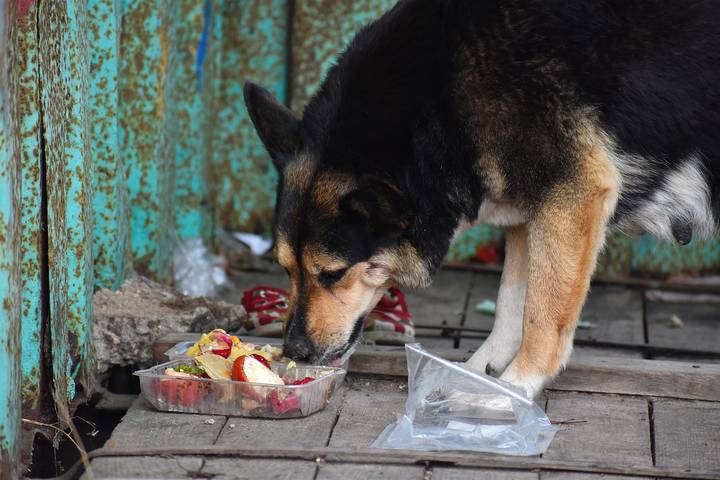
This is a common cause of a sick dogs. When allowed to scavenge, they often eat something toxic or create a blockage in the intestinal tract, and then they will head to the vet urgent care.
While your house and yard may be fairly safe, going for walks is when they are most likely to find something to consume that doesn’t agree with them. This includes:
- Dead birds
- Chicken bones
- Fast food wrappers
- Animal feces
Pay attention when out with your dog, and do your best to keep them from eating everything in their path.
2. Human Food
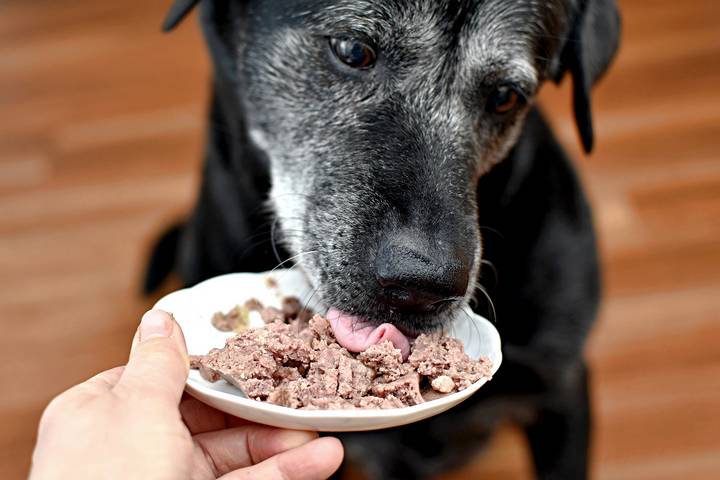
While we as a species have grown food that we can digest, not all of it should be eaten by our furry friends. It can be tempting to feed your dog table scraps as they hover around while you are eating, but some can make them sick. Here are a few human foods you should never give your dog.
- Chocolate
- Avocados
- Coffee/tea
- Macadamia nuts
- Grapes and raisins
- Alcohol
- Onions
- Garlic
- Bread dough
- Milk
Sickness from these foods can range from vomiting and diarrhea to death. Keep the healthy dog and human foods like rice, carrots, cooked meat, blueberries and bananas.
3. Heatstroke
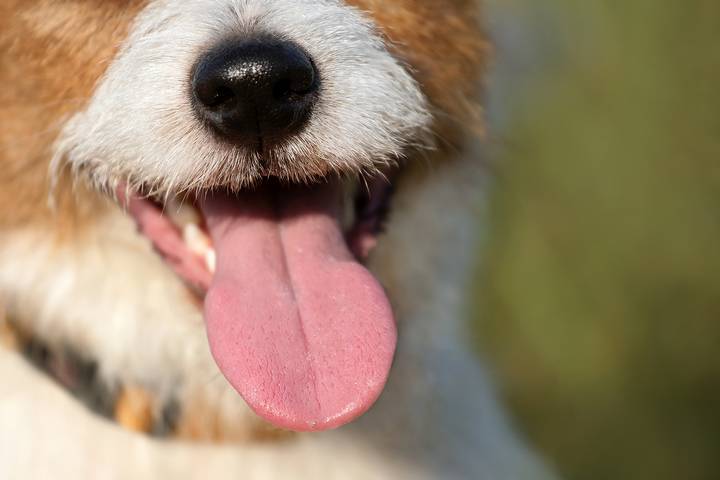
Humans can only sweat to cool down, but our dogs have several ways. These include:
Panting
Panting is the main way a dog cools off as the air from panting passes over, evaporating moisture on their tongues and nasal passages to cool them.
Sweating
Dogs have merocrine glands on their foot pads that produce sweat when their internal temperature rises. They also have apocrine glands all over their body, but these release pheromones rather than regulate temperature.
Vasodilatation
When a dog heats up, blood vessels in its face and ears expand to bring warm blood to the skin’s surface, where it cools down and recirculates back to the heart.
Leaving your dog indoors, in a hot, humid environment or a hot vehicle on a summer’s day can cause heatstroke. Signs include red gums, heavy panting, excessive drooling, muscle tremors, seizures and even collapse.
4. Infection

Dogs are vulnerable to infections, just like humans, and they can be from viruses, bacteria, parasites and fungi. Some infections affect:
- Skin
- Ears
- Eyes
- Teeth
- Urinary tract
- Liver
- Kidney
- Pancreas
Other body parts can also be susceptible, and most of these infections require a vet visit to diagnose and treat. Signs of infection include itching, rashes, hair loss, scabs, redness and odour.
5. Foreign Body Obstruction

Dogs love to eat and may swallow things they can’t digest, like paper, clothing, sticks, bones and rocks. These items can become lodged in the intestinal tract and become an obstruction.
Signs of a foreign body obstruction include:
- Vomiting
- Diarrhea
- Loss of appetite
- Lethargy
- Abdominal pain
- Negative behavioural changes
Timing is critical as a blockage can cut off the blood supply leading to death. Although some objects may eventually pass independently, it is best to take your dog to the vet to get checked out immediately. They can diagnose and treat the obstruction to get your pet back to normal.
6. Eating Too Quickly
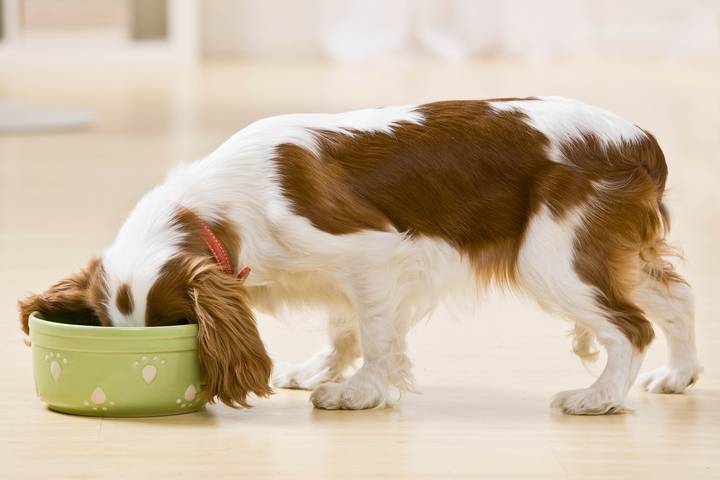
Sometimes it’s your dog’s eating habits that make them sick. When they gulp food down, they tend to swallow air, which can expand in their stomach, leading to discomfort and pain. This may result in vomiting and even a potential rupture. Dogs also will gag because food is getting stuck in their digestive tract.
To solve this, you can feed your dog less but more frequently. Some slow feeders regulate the food, and even putting a tennis ball in the bowl works as it is an obstruction that will slow they’re eating down.
Signs of a Sick Dog
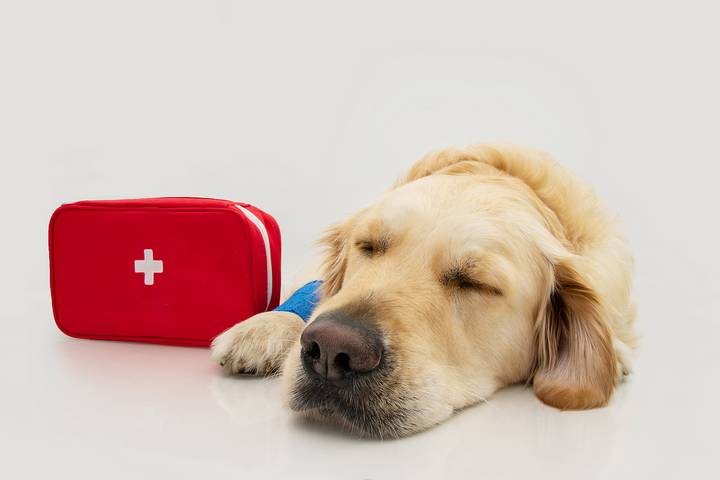
You probably know your dog well, so you usually notice it immediately if they change. For a sick dog, there are several main signs:
- Vomiting
- Diarrhea
- Increased or increased urination
- Pale gums
- Appetite loss
- Drinking habit changes
- Personality changes
- Big weight loss or gain
- Changes in the eyes
- Stiffness
- Hair loss
- Breathing issues like coughing and wheezing
- Trouble rising and walking
Nobody wants to have a sick dog; watching them endure it is painful. Avoid these things that can make a dog sick and monitor signs of illness. If you need to, take your dog to your local veterinarian clinic for a check-up and get them back to excellent health again.
